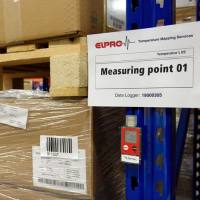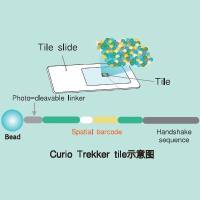Mapping Cis- and Trans- Chromatin Interaction Networks Using Chromosome Conformation Capture (3C)
互联网
653
Expression of genes can be controlled by regulatory elements that are located at large genomic distances from their target genes (in cis ), or even on different chromosomes (in trans ). Regulatory elements can act at large genomic distances by engaging in direct physical interactions with their target genes resulting in the formation of chromatin loops. Thus, genes and their regulatory elements come in close spatial proximity irrespective of their relative genomic positions. Analysis of interactions between genes and elements will reveal which elements regulate each gene, and will provide fundamental insights into the spatial organization of chromosomes in general.
Long-range cis - and trans - interactions can be studied at high resolution using chromosome conformation capture (3C) technology. 3C employs formaldehyde crosslinking to trap physical interactions between loci located throughout the genome. Crosslinked cells are solubilized and chromatin is digested with a restriction enzyme. Chromatin is subsequently ligated under conditions that favor intramolecular ligation. After reversal of the crosslinks, the DNA is purified and interaction frequencies between specific chromosomal loci are determined by quantifying the amounts of corresponding ligation products using polymerase chain reaction (PCR). This chapter describes detailed protocols for 3C analysis of chromatin interactions in the yeast Saccharomyces cerevisiae and in mammalian cells.









